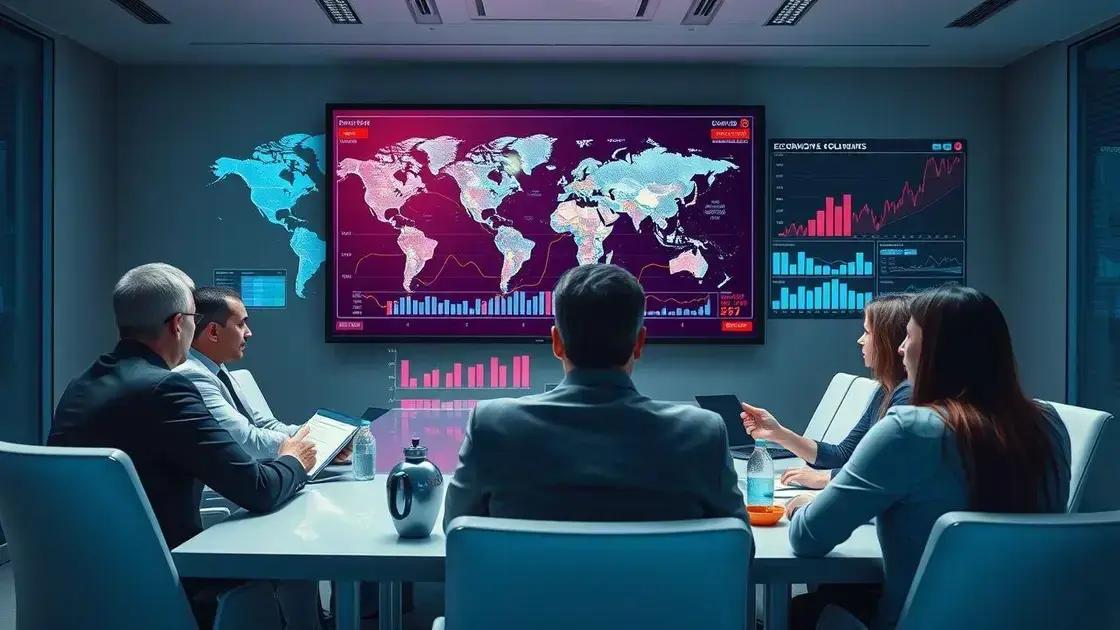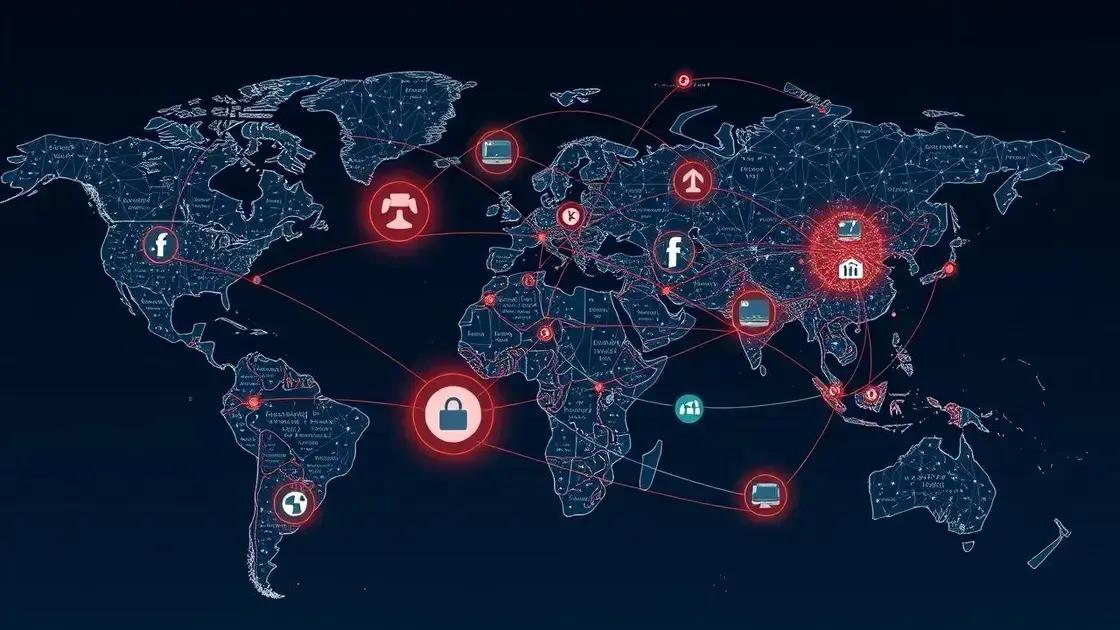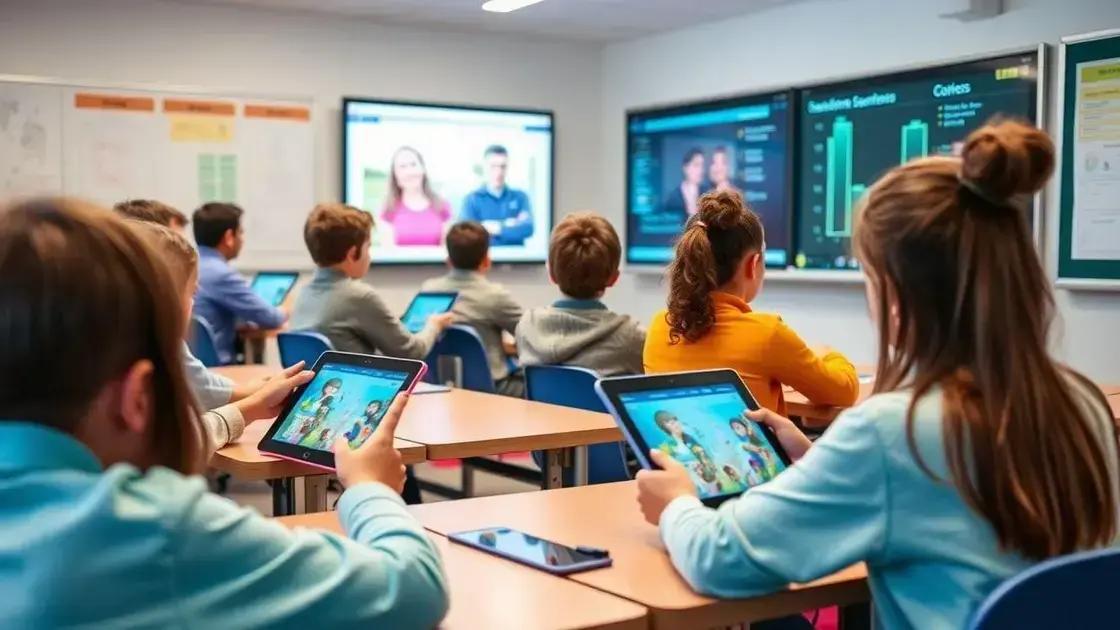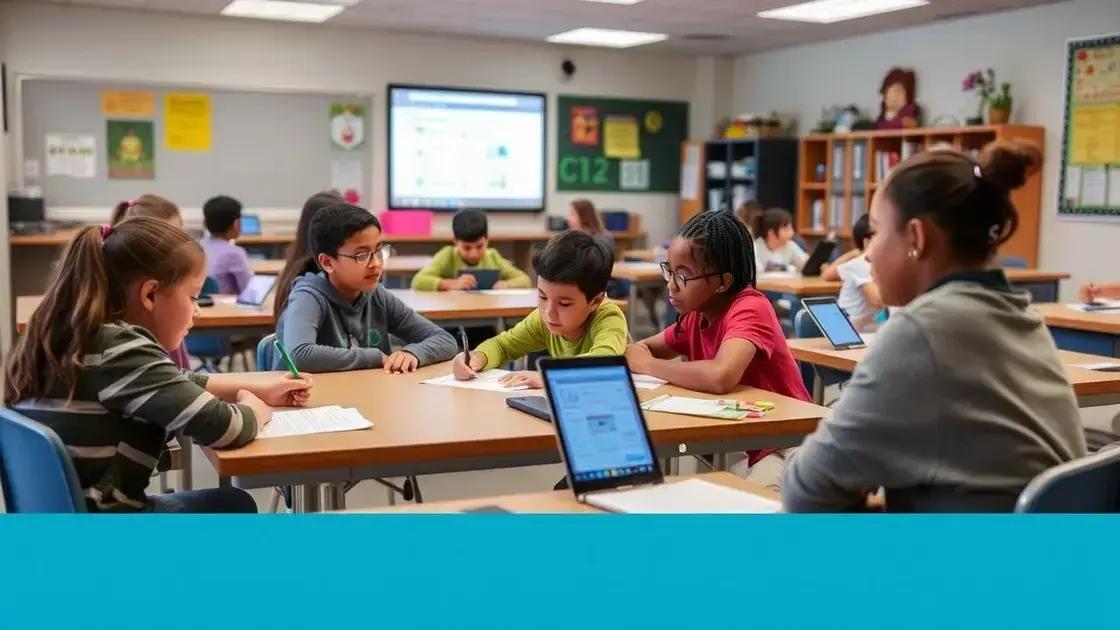2025 economic outlook: what to expect

Anúncios
The consumer behavior trends for 2025 include a significant shift toward online shopping, increased emphasis on sustainability, and a preference for personalized shopping experiences across digital platforms.
The 2025 economic outlook is shaping up to be a pivotal year for many sectors. With shifts in global dynamics and emerging trends, understanding what lies ahead can empower you to make informed decisions. Have you thought about how these forecasts might influence your life?
Anúncios
Key economic indicators to watch
Understanding the key economic indicators is essential for making informed decisions in 2025. These indicators help forecast economic performance and provide insights into the financial landscape.
Major Indicators to Monitor
The most crucial economic indicators include:
- Gross Domestic Product (GDP): This measures the overall economic output, indicating growth or contraction.
- Unemployment Rate: A low unemployment rate suggests a healthy economy, while a high rate can signal trouble.
- Consumer Price Index (CPI): This measures inflation by tracking price changes in consumer goods.
- Interest Rates: Observing trends in interest rates can reveal the central bank’s stance on economic conditions.
Each of these indicators plays a vital role in shaping economic policies and individual business strategies. By examining GDP growth, for example, stakeholders can gauge the overall economic health. A rising GDP typically correlates with increased consumer spending and business investments.
Anúncios
Moreover, the unemployment rate gives insight into job market trends. When it decreases, it often leads to more disposable income, boosting spending. In contrast, a rising rate can suggest economic downturns, compelling businesses to adjust their strategies.
Inflation and Its Impact
Inflation, reflected in the Consumer Price Index (CPI), affects purchasing power. As prices rise, consumers may cut back on spending, impacting businesses. Monitoring inflation trends can help companies adjust pricing strategies and maintain profit margins.
Lastly, changes in interest rates can influence consumer behavior and investment decisions significantly. Lower rates generally stimulate borrowing and spending, while higher rates may lead to decreased consumption. Keeping an eye on these fluctuations enables businesses to adapt proactively.
Predicted inflation rates for 2025
Predictions about inflation rates for 2025 are crucial for businesses and consumers alike. Understanding these forecasts helps in planning budgets and making informed financial decisions.
Current Trends in Inflation
As we look ahead, it’s essential to consider the current inflation trends influencing the economy. Key factors include global supply chains, demand fluctuations, and governmental policies. Analyzing these aspects can provide insight into potential future inflation rates.
- Supply Chain Issues: Continued disruptions can lead to increased costs for goods.
- Consumer Demand: A surge in demand post-pandemic might push prices higher.
- Government Policies: Changes in fiscal and monetary policies will impact inflation rates significantly.
Predictions suggest that inflation may remain elevated, especially as the world continues to recover from economic challenges. It is important to monitor how these factors interact. For instance, if supply chains stabilize but demand remains high, we might see a different inflation scenario.
Furthermore, the Federal Reserve plays a critical role in managing inflation through interest rate adjustments. If inflation rates exceed target levels, they may increase rates to cool off the economy. This action can have a ripple effect on borrowing costs and consumer spending.
Inflation Forecasts for 2025
Experts expect that inflation rates in 2025 could range between 2% and 4%, depending on economic conditions. Such rates indicate stability if they align with the economic growth targets set by policymakers.
The forecasting models utilize various economic indicators to gauge inflation trends, which include employment rates and consumer confidence. A robust job market often leads to increased spending, which can drive prices up. Conversely, if consumer confidence dips, spending may decrease, stabilizing inflation rates.
Impact of global events on the economy

The impact of global events on the economy is profound and widespread. Major occurrences such as pandemics, geopolitical tensions, and natural disasters can heavily influence economic conditions worldwide.
Examples of Global Events
Recent history provides multiple examples demonstrating how global events can disrupt economic stability. These factors often affect supply chains, consumer confidence, and overall market performance.
- COVID-19 Pandemic: This event shifted consumer behavior dramatically and caused significant disruptions in various industries.
- Geopolitical Conflicts: Conflicts can create uncertainty in markets, affecting trade agreements and investment decisions.
- Natural Disasters: Events like hurricanes and earthquakes can destroy infrastructure, leading to economic setbacks.
Each of these events creates ripples across the global economy. For instance, the COVID-19 pandemic forced businesses to adapt to remote work and diversifying supply sources due to disruptions. This adaptability can shift long-term economic strategies and consumer habits.
Furthermore, geopolitical conflicts lead to fluctuating oil prices, which can affect transportation costs globally. Companies must navigate these challenges to remain competitive. Global leaders may implement policies to stabilize their economies during such times, but the outcomes can vary significantly.
Long-term Economic Effects
In the aftermath of these global events, the economy often faces lasting changes. Shifts in consumer preferences and production capabilities can redefine industries. For example, businesses increasingly focus on sustainability and resilience in their supply chains.
Disruptions caused by natural disasters can prompt governments to invest in infrastructure improvements, creating jobs but also requiring significant financial resources. The economy frequently undergoes transformation after significant global events, driving innovation and changing priorities.
Strategies for businesses in 2025
For businesses, understanding strategies for 2025 is essential to thrive in a changing economic landscape. As we move forward, companies need to adapt to new trends and demands from consumers to stay competitive.
Adopting Technology
One vital strategy involves embracing advanced technologies. Companies should consider investing in artificial intelligence and automation to enhance efficiency. These tools can streamline operations and provide valuable insights into customer behaviors. Businesses that leverage technology effectively often outperform their competitors.
- AI for Data Analysis: Utilize AI to gather and analyze customer data.
- Automation in Processes: Automate repetitive tasks to save time and reduce errors.
- Online Customer Engagement: Use chatbots for instant communication with customers.
Furthermore, it’s crucial for businesses to focus on building a strong online presence. An effective digital marketing strategy can help attract new customers and retain existing ones. Companies must adapt to the digital landscape where most consumers now start their shopping journey.
Emphasizing Sustainability
Another significant focus for 2025 should be on sustainability. Consumers are increasingly concerned about environmental impacts and prefer buying from eco-friendly brands. Implementing sustainable practices can not only improve brand loyalty but also open up new markets.
This includes reducing waste, using renewable energy sources, and sourcing materials responsibly. By prioritizing sustainability, businesses can meet consumer demands while contributing positively to the environment.
Moreover, adopting flexible business models is essential. Companies should be prepared to pivot quickly in response to changing market conditions. This adaptability can help businesses in anticipating market shifts and responding to crises more effectively.
Consumer behavior trends in the upcoming year
Understanding consumer behavior trends for the upcoming year is essential for businesses aiming to thrive in a competitive market. As we look ahead, various factors will shape how consumers make purchasing decisions.
Shift Toward Online Shopping
One major trend is the continued shift toward online shopping. Consumers have become accustomed to the convenience of buying products from the comfort of their homes. This trend is likely to persist in 2025, as more shoppers embrace digital platforms.
- Mobile Shopping: The use of smartphones for purchases is increasing, making mobile optimization crucial for retailers.
- Social Commerce: Purchasing directly through social media platforms is becoming more popular.
- Personalization: Consumers prefer tailored shopping experiences based on their preferences.
This online trend is transforming how businesses approach marketing and customer engagement. Companies need to invest in user-friendly websites and apps to capture and retain customers. This includes ensuring fast loading times and easy navigation.
Emphasis on Sustainability
Another important consumer behavior trend is the growing emphasis on sustainability. Shoppers are increasingly concerned about the environmental impact of their purchases. Brands that prioritize eco-friendly practices will likely attract more consumers.
For instance, consumers are searching for products made from sustainable materials and favor companies that demonstrate ethical practices. Brands that communicate their sustainability efforts effectively can build stronger connections with their audience. Additionally, transparency in sourcing and production can enhance trust.
As awareness of social issues rises, consumers are also more inclined to support businesses that align with their values. Marketing strategies that highlight corporate social responsibility can be effective in reaching today’s socially conscious buyers.
FAQ – Frequently Asked Questions about Consumer Behavior Trends
What are the main trends in consumer behavior for 2025?
Key trends include a shift to online shopping, an emphasis on sustainability, and the rise of mobile purchases.
How important is personalization in today’s shopping experience?
Personalization is crucial as consumers prefer tailored experiences that cater to their individual preferences.
Why is sustainability a significant factor for consumers?
Consumers are increasingly concerned about environmental impacts and tend to favor brands that demonstrate eco-friendly practices.
What role do social media platforms play in consumer purchasing decisions?
Social media platforms are becoming popular channels for shopping, allowing consumers to make purchases directly through these sites.





